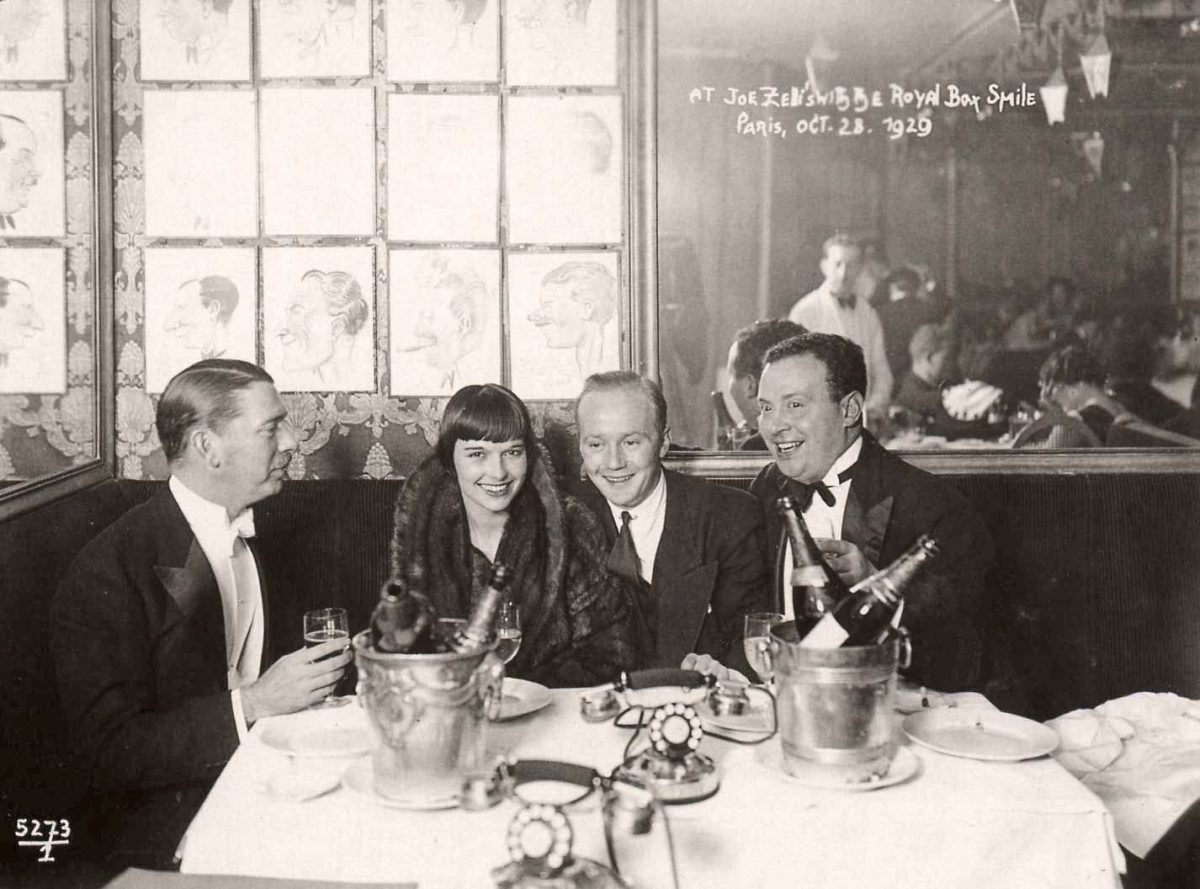
Louise Brooks and friends, at Joe Zelli’s Royal Box nightclub in Paris, May 1929
Louise Brooks, born in the small town of Cherryvale in Kansas in 1906, is mostly remembered for Pandora’s Box a film she made in Germany in 1929. She ‘d acquired a cult following in Europe after a role in Howard Hawks’s movie A Girl in Every Port. Pandora’s box, an incredibly influential movie, was directed by the Austrian G. W. Pabst and Brook’s naturalistic performance was described by one critic as ‘the very last word in amoral cosmopolitan chic’. Brook’s distinctive bob for which she is still famous started a trend though out the world, and the flapper era was almost encapsulated in a haircut.
Brooks’s Pandora’s Box performance made her a star and after a difficult time in Hollywood had for the first time enjoyed the process of making a film. Brooks once remembered:
When we made Pandora’s Box, Mr. Pabst was a man of 43 who astonished me with his knowledge on practically any subject. I, astonished him because I knew practically nothing on every subject.
In Hollywood, I was a pretty flibbertigibbet whose charm for the executive department decreased with every increase in my fan mail. In Berlin I stepped to the station platform to meet Mr. Pabst and became an actress. And his attitude was the pattern for all. Nobody offered me humorous or instructive comments on my acting. Everywhere I was treated with a kind of decency and respect unknown to me in Hollywood. It was just as if Mr. Pabst had sat in on my whole life and career and knew exactly where I needed assurance and protection.
The critic David Thomson once wrote of Brooks:
The bare facts of her life suggest a true recklessness with herself and her career, borne of a sharp, antagonistic intelligence, a taste for biting wit and – being difficult… She’d made pictures, but she was not a big star of the silent era. In Germany she made a masterpiece and one other good picture (Diary of a Lost Girl – which the lazy Louise cult hardly ever sees) and then she came back to Hollywood and made terrible pictures. You see, she wasn’t a natural, or a great talent – except in Pandora’s Box and there, coming right at the end of the silent era, she is so good that she makes us ashamed at giving so much patience to fatuously archaic versions of womanhood as were offered by Lillian Gish, Mary Pickford and Janet Gaynor. Lulu is dangerous, deadly. Brooks understood the role and had done the reading to support it. So in a 1965 essay in Sight and Sound (she is the only film goddess who became a writer about film!), she quoted Wedekind: “Lulu is not a real character, but the personification of primitive sexuality who inspires evil unaware. She plays a purely passive role.
Brooks actually appeared in seventeen silent films and eight sound films although the great majority are pretty well forgotten or lost and she retired from acting in 1938.
In 1982, over fifty years after making the film that made her name, Brooks published her autobiography, Lulu in Hollywood, and died just three years later of a heart attack at the age of 78.

Denishawn dance company founder Ruth St. Denis and husband Ted Shawn with a smattering of vestal virgins, Louise Brooks in the middle, 1920
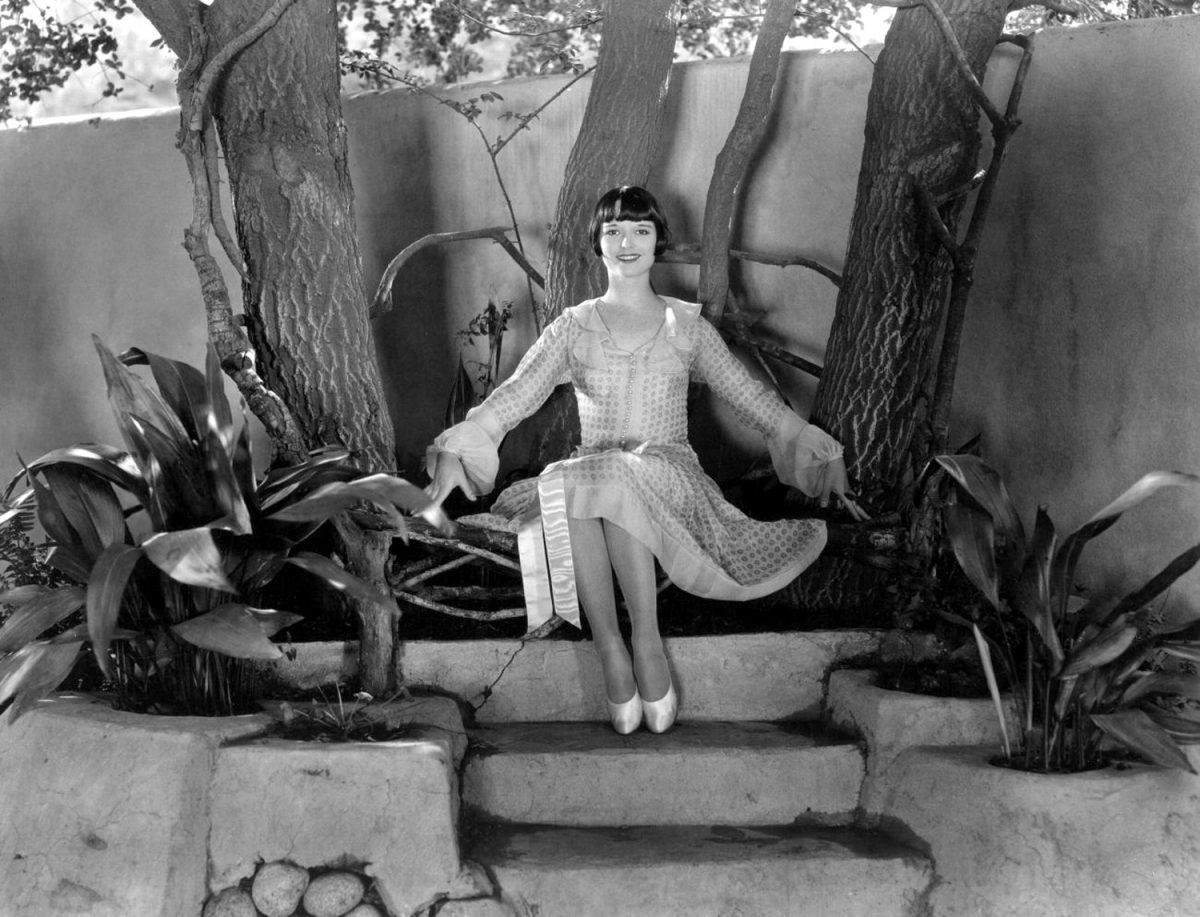
circa 1925: Louise Brooks (1900 – 1985), a Paramount player, relaxes in her garden.
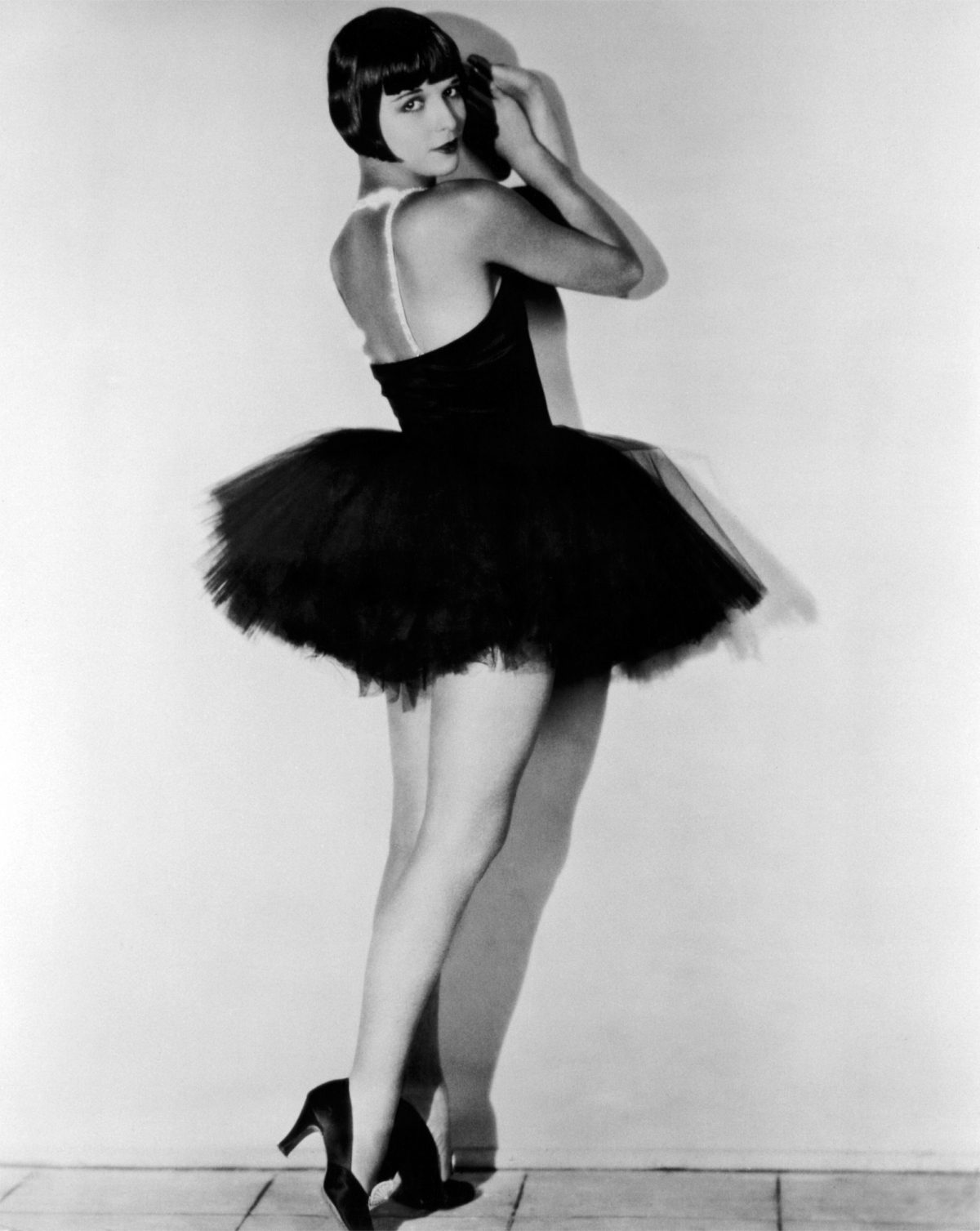
Now We’re in the Air – released in 1927
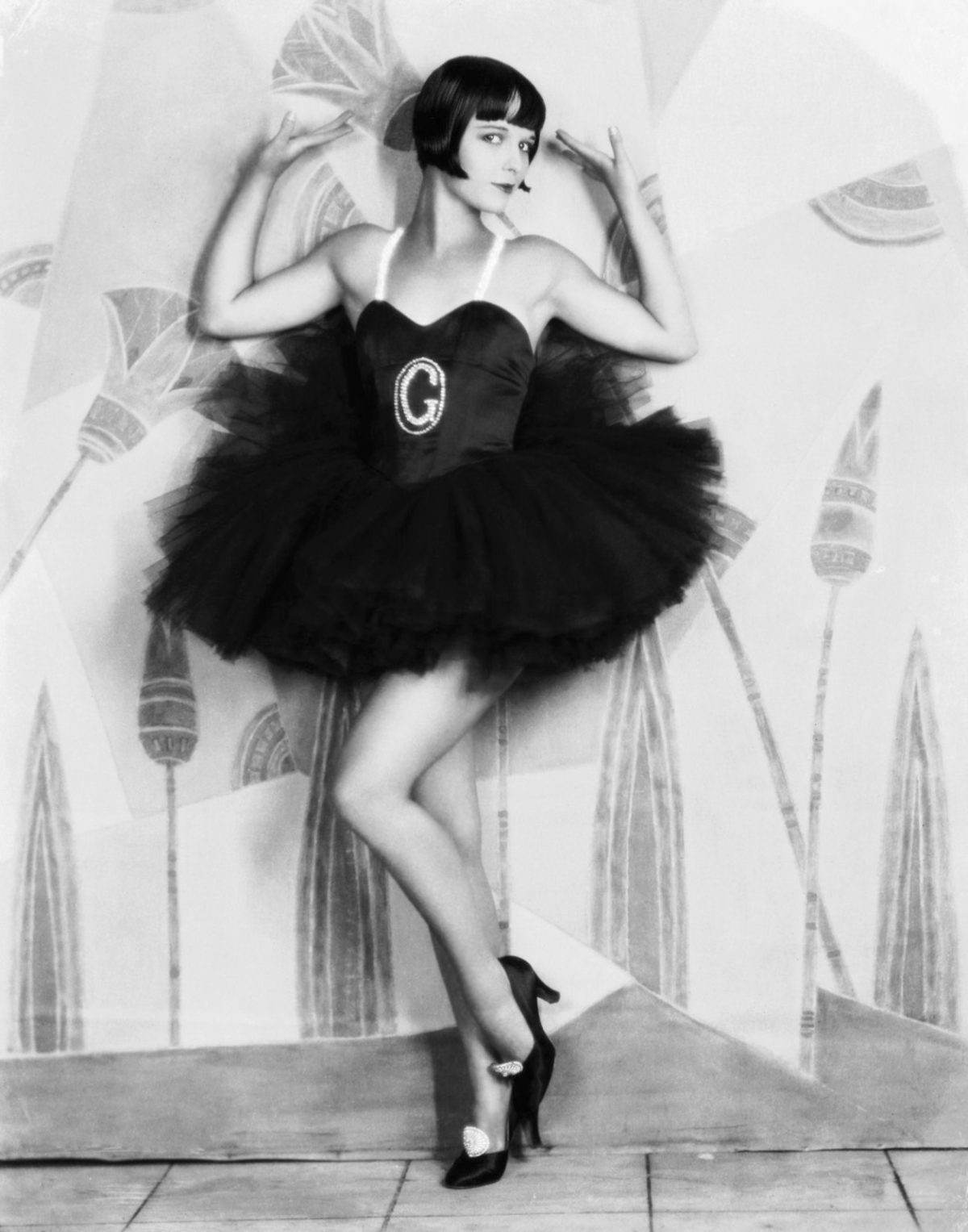
1927: American actress Louise Brooks (1906 – 1985) wearing a frilly dress with a large G on the front for the film “Now We’re In The Air”. (Photo by Eugene Robert Richee)
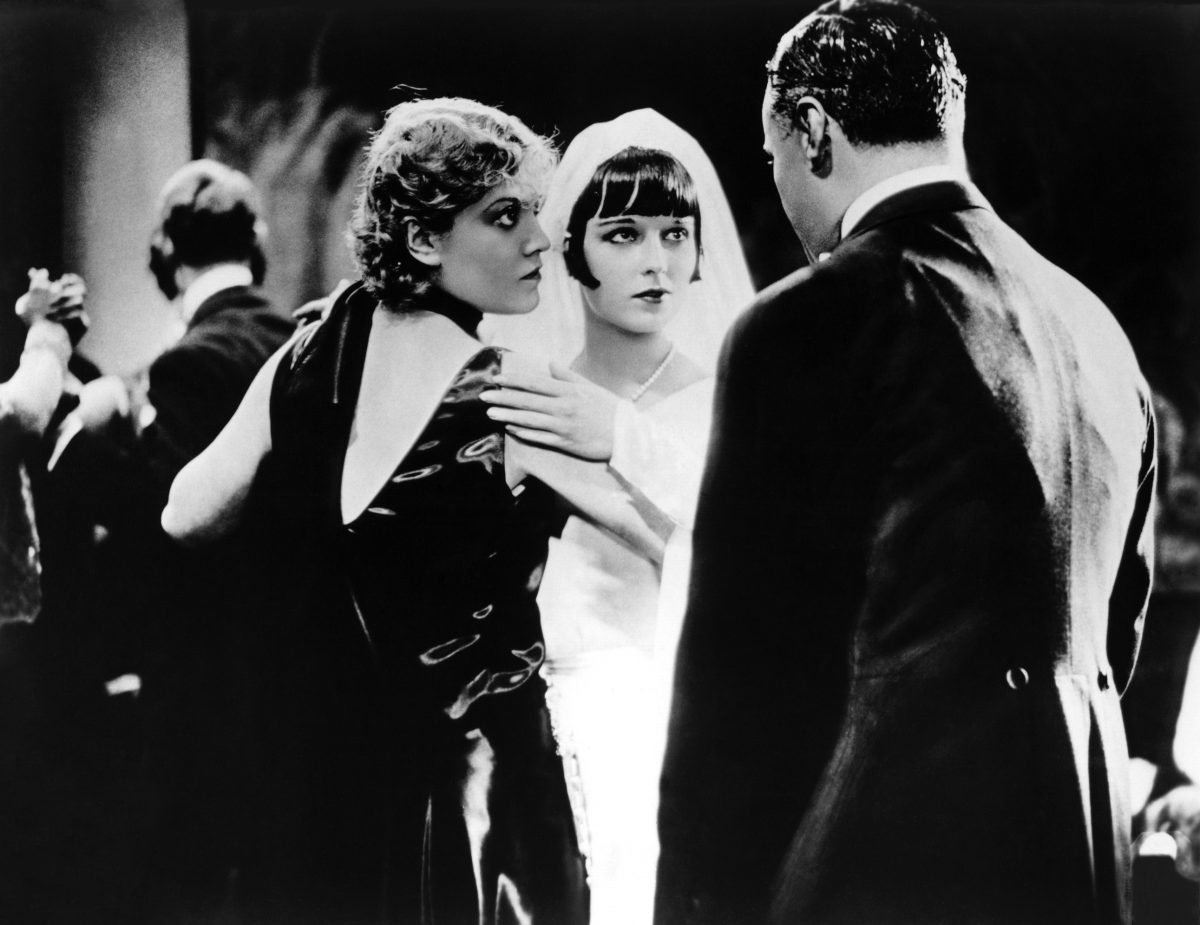
Pandora’s box 1929
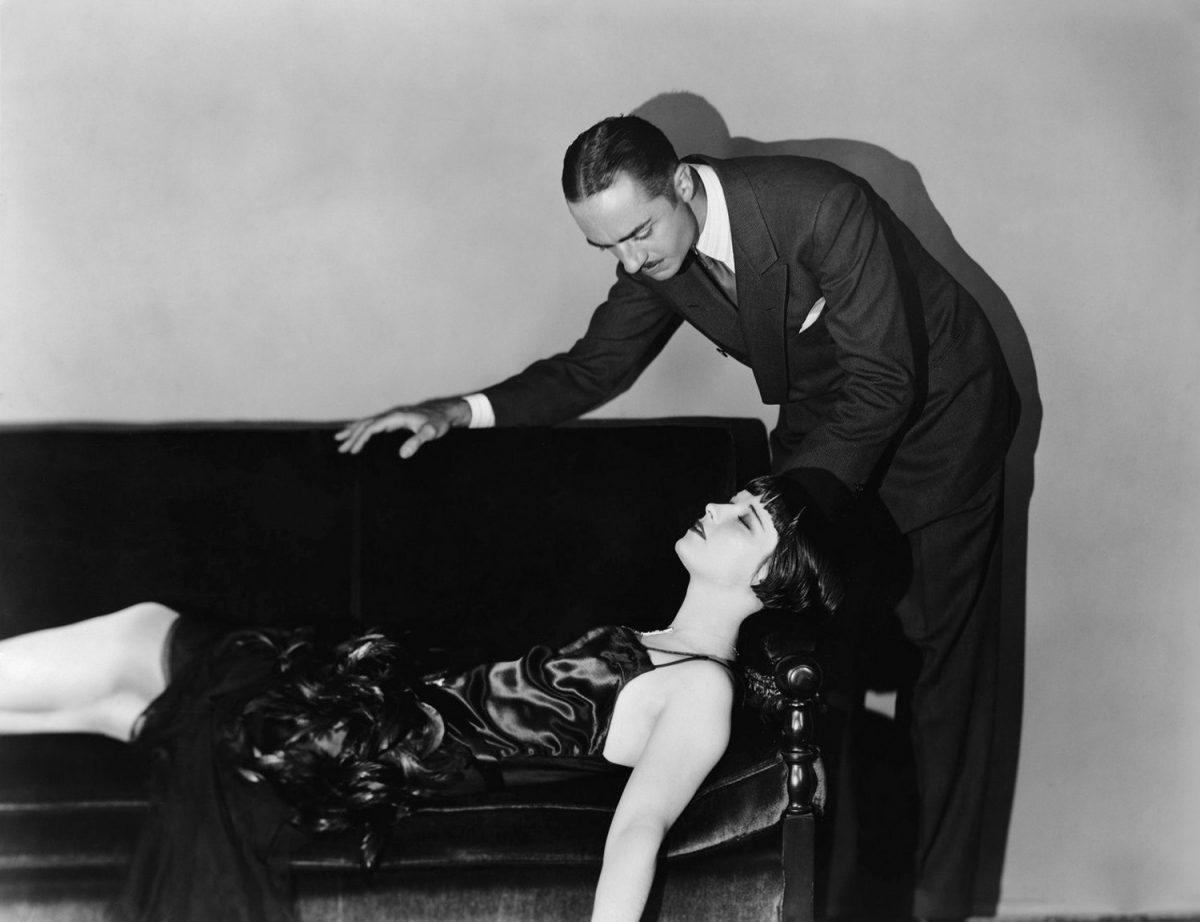
27 Nov 1928 — Philo Vance (William Powell) examines the body of the Canary, Margaret Odell (Louise Brooks) in the 1929 mystery, Image by John Springer
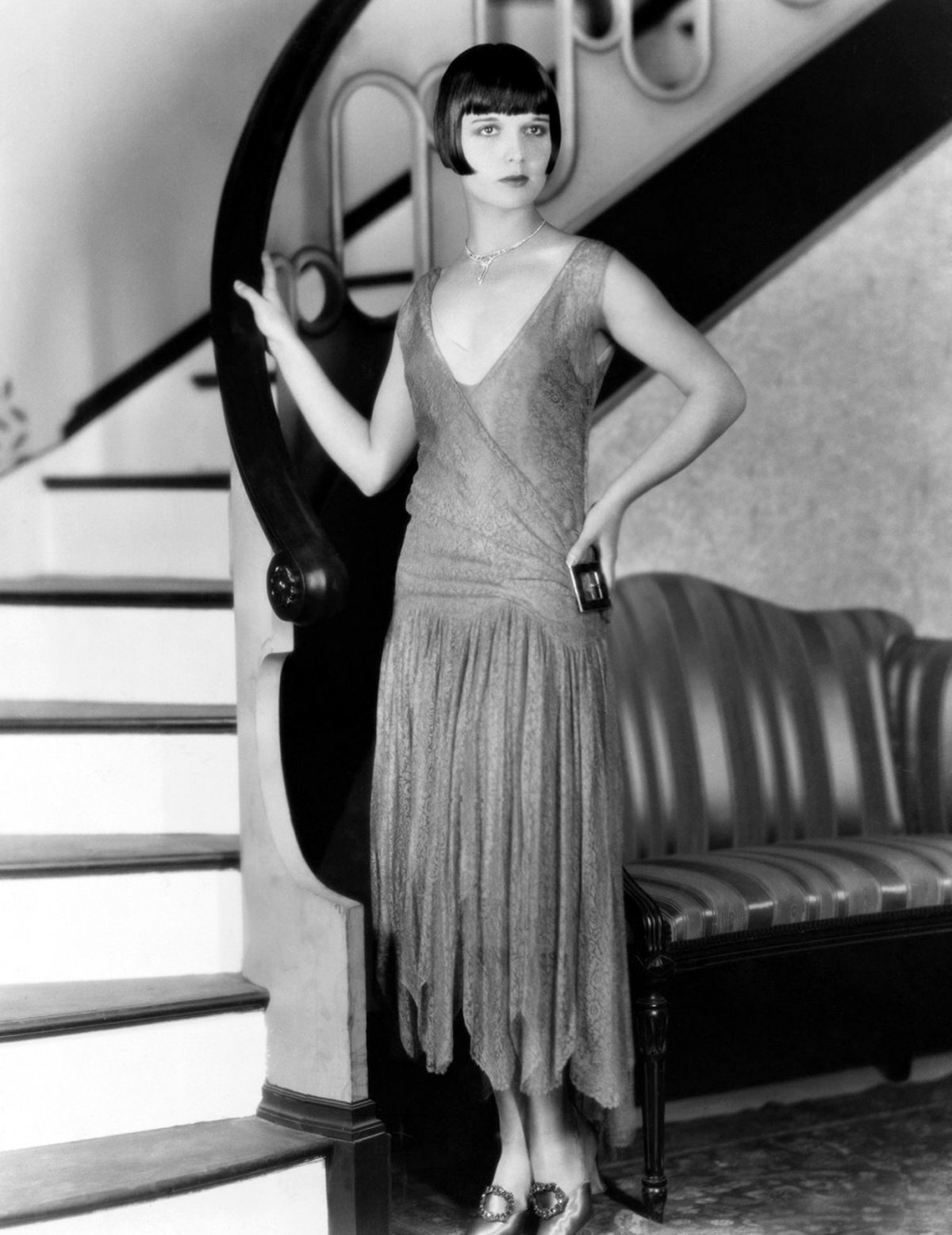
c. 1925: Louise Brooks standing by the stairway.
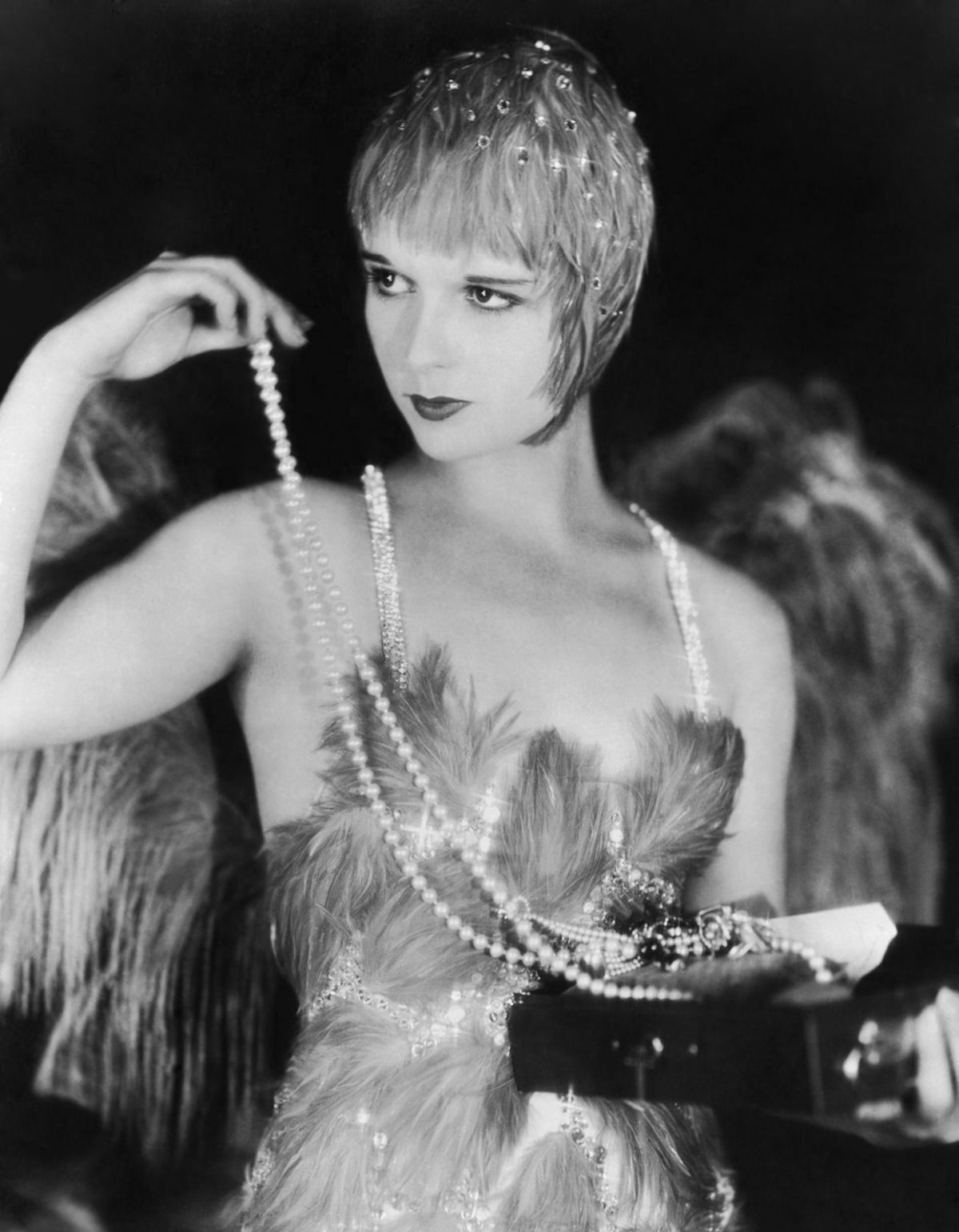
1929: Louise Brooks in The Canary Murder Case.
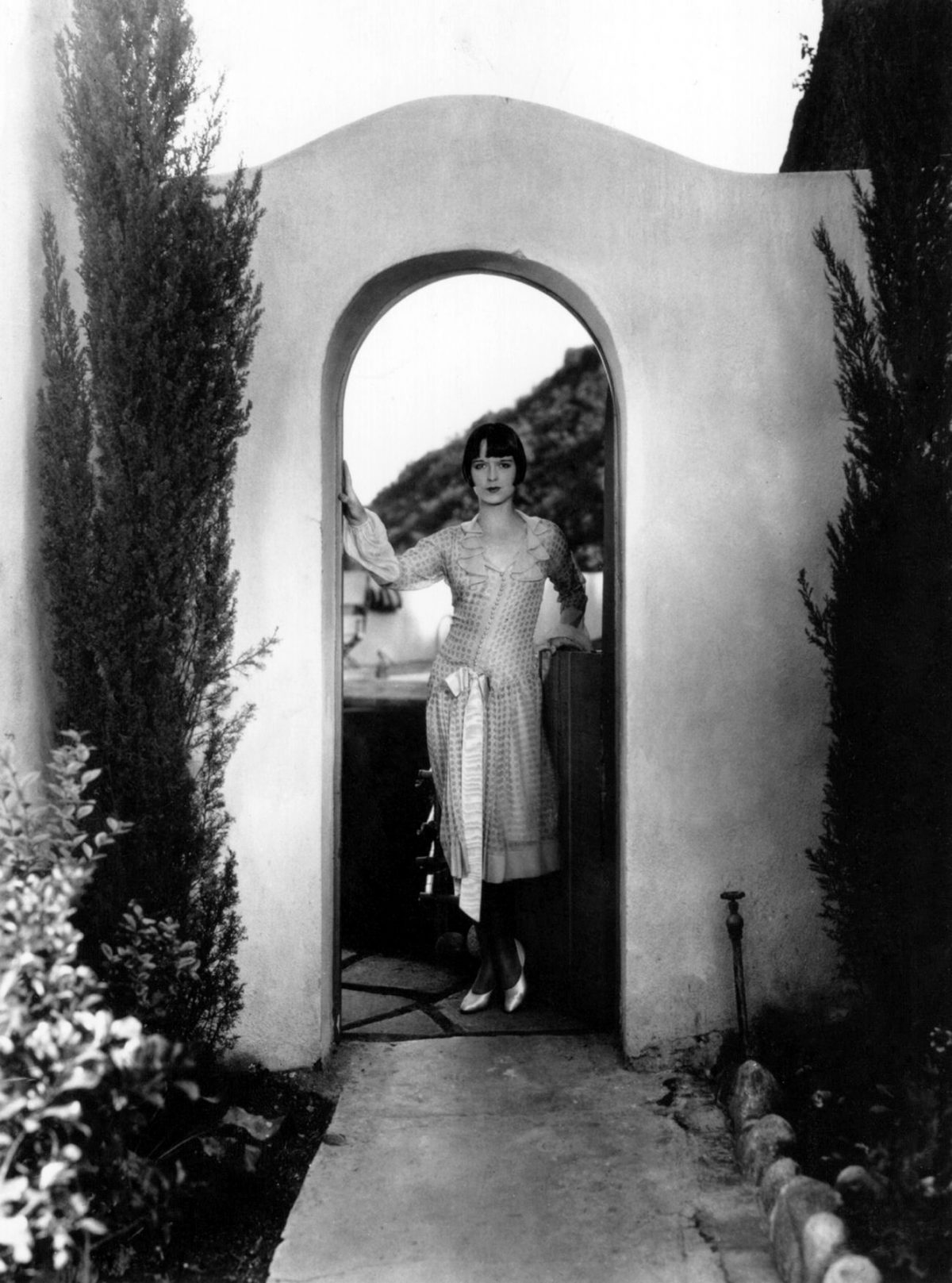
circa 1925: US film actress Louise Brooks, (1900 – 1985), wearing a chiffon afternoon frock with puff sleeves and a bow at the waist.
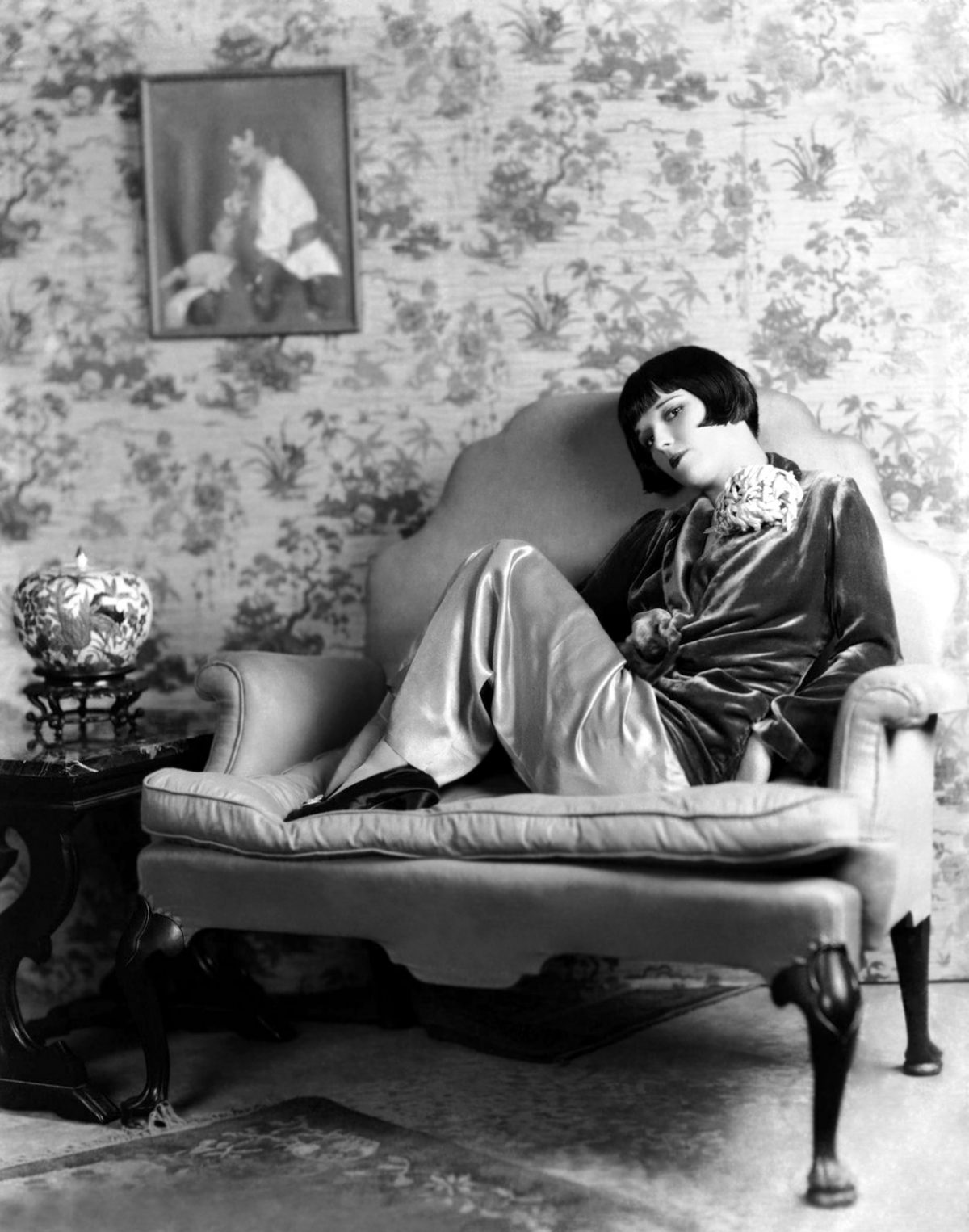
circa 1928: American actress Louise Brooks (1906 – 1985) lounging on a large leather armchair. (Photo by Eugene Robert Richee)
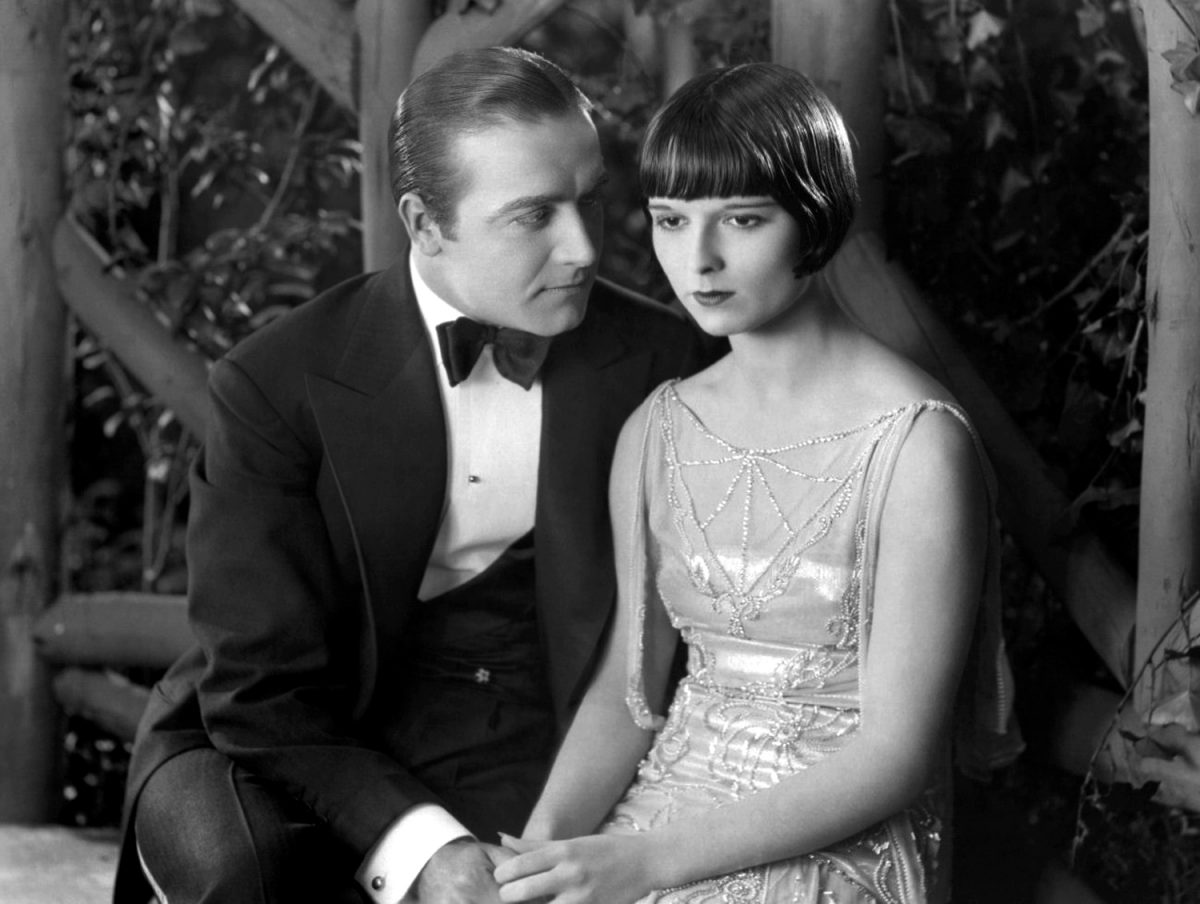
circa 1925: American actress Louise Brooks (1906-1985) shares a romantic arbour with a man in a scene from an unknown film.
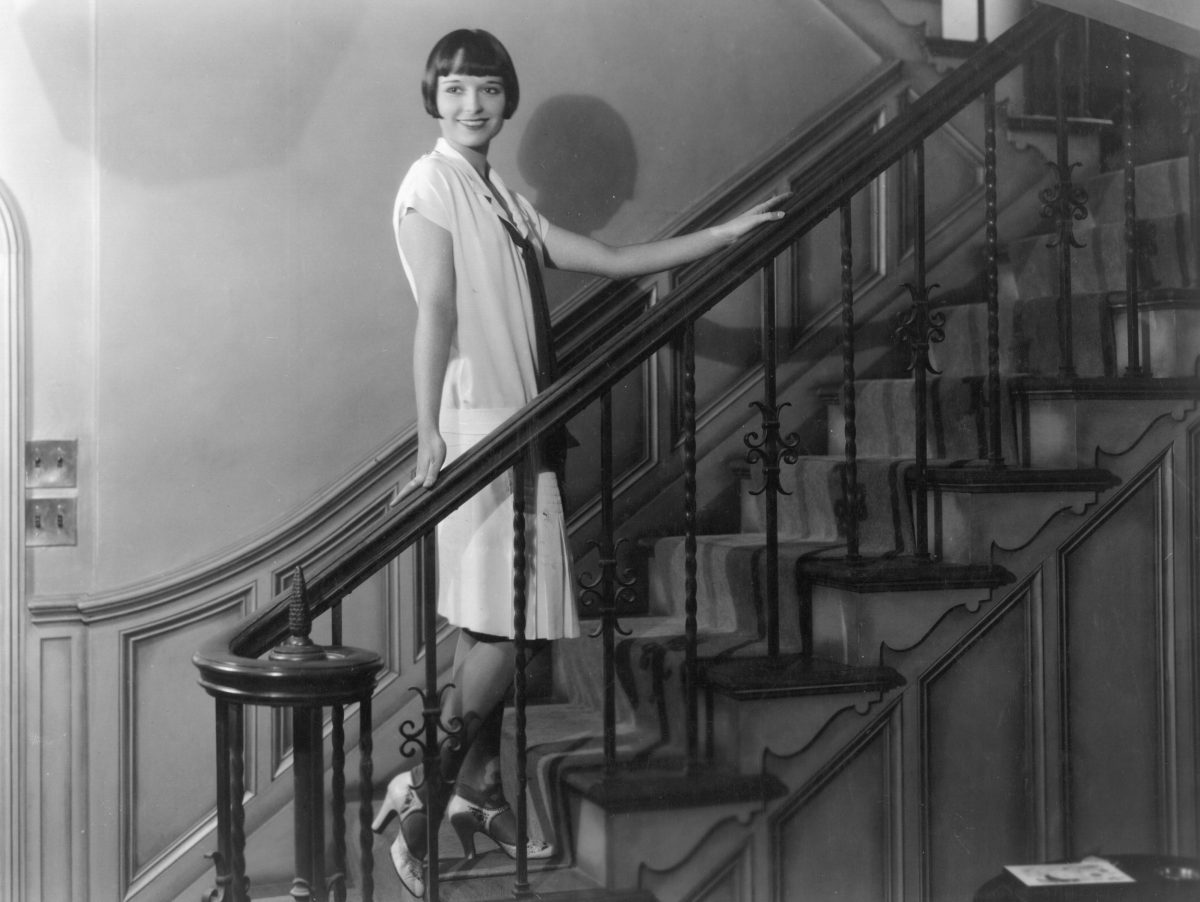
circa 1925: Louise Brooks (1900 – 1985), a Paramount player,shows off her new house.
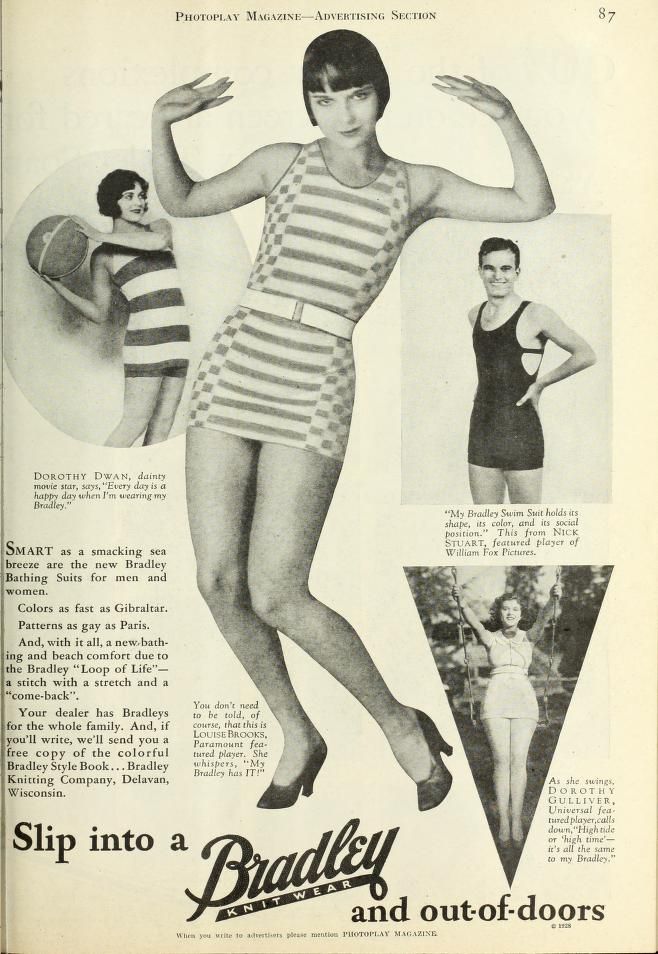
Louise Brooks ad 1928
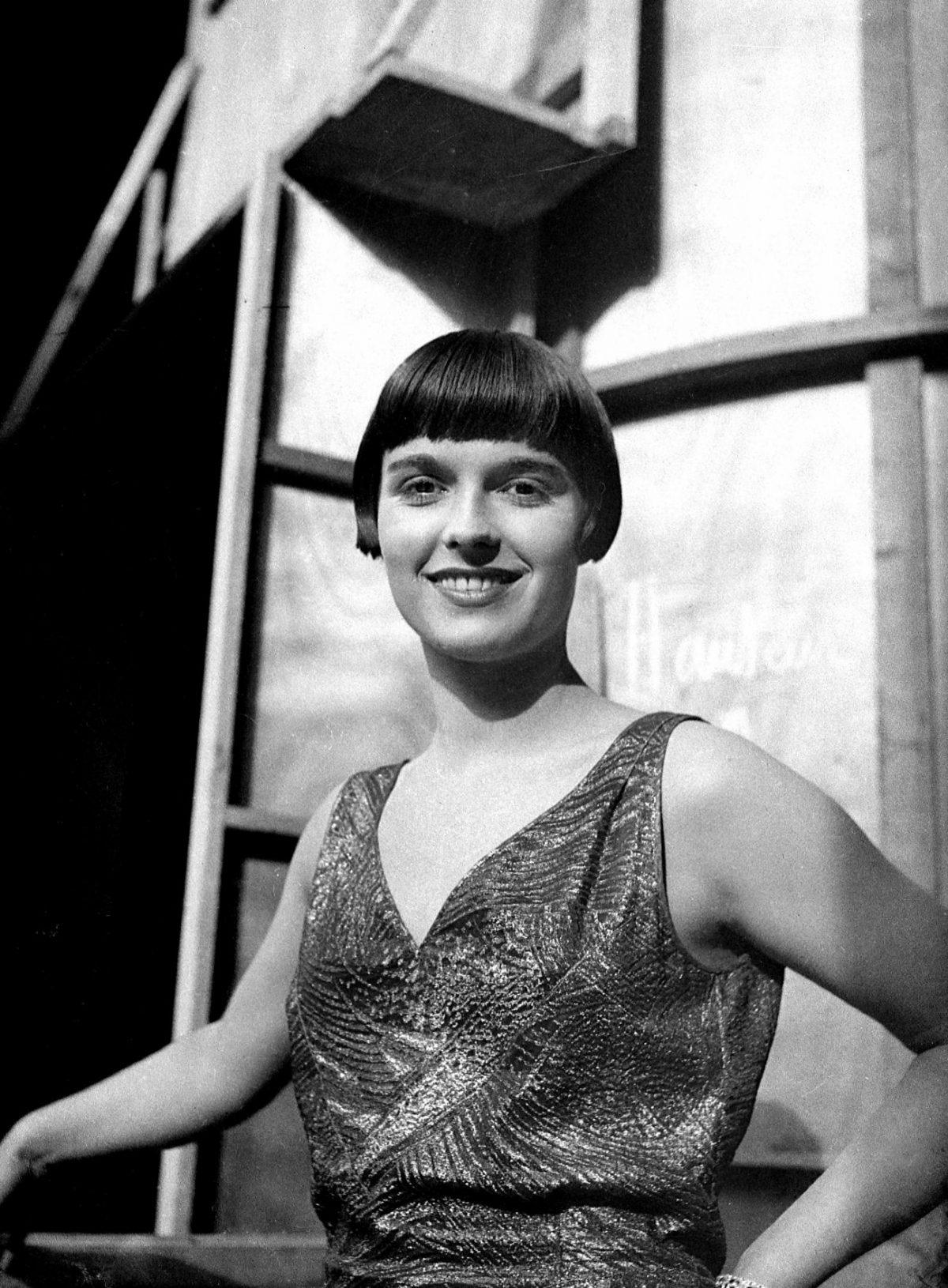
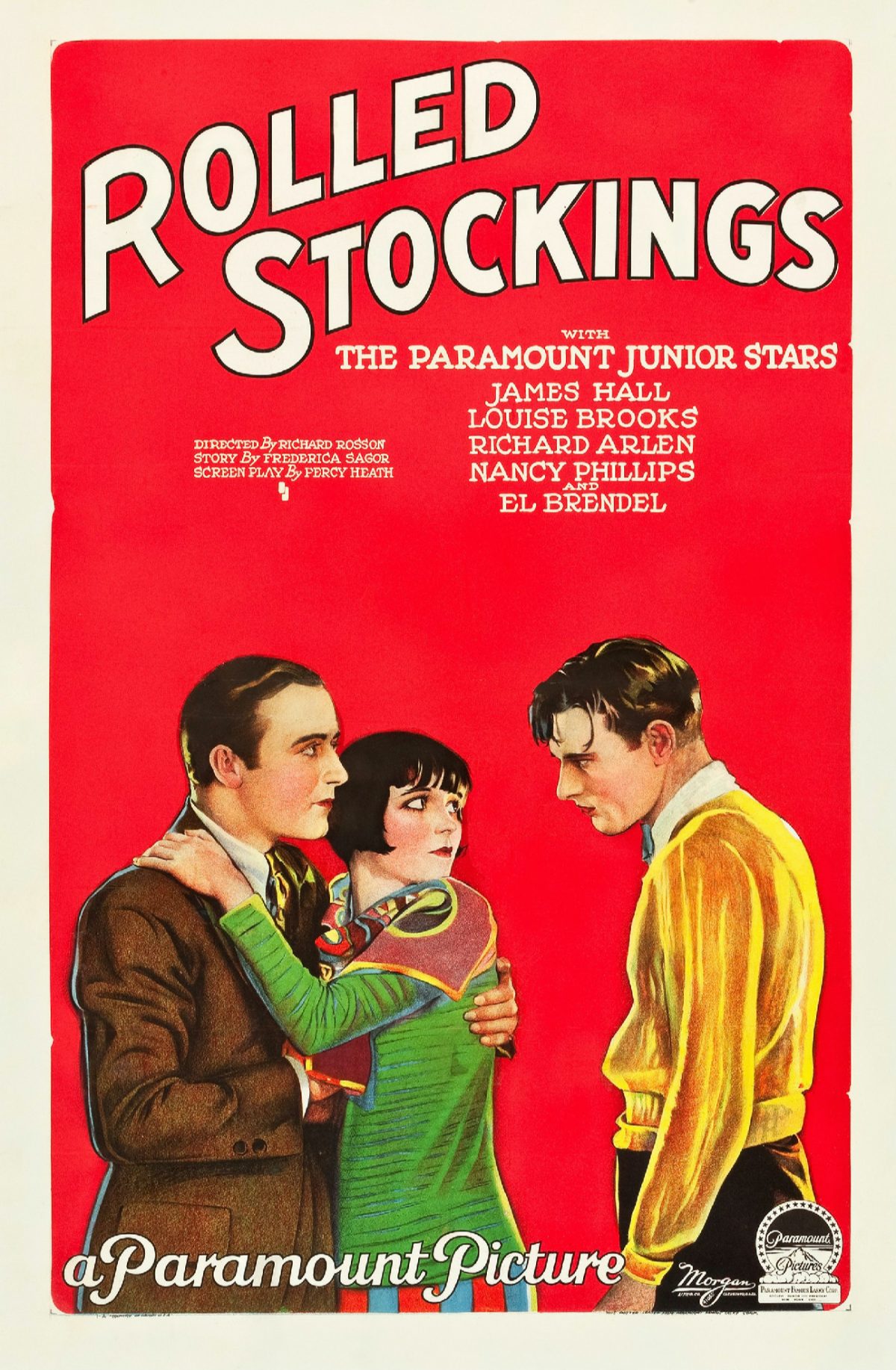
Rolled Stockings released in 1927
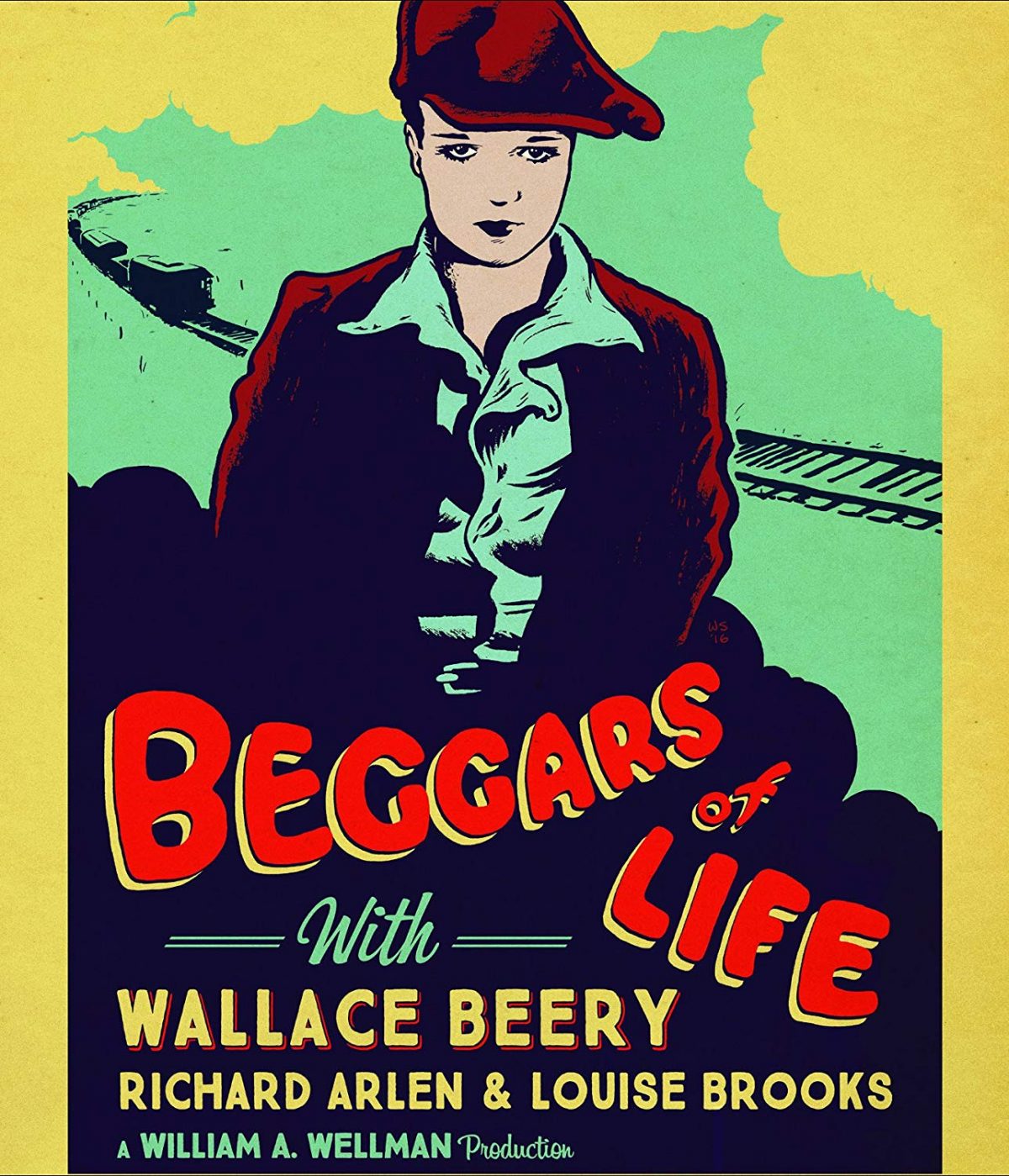
Beggars of Life released in 1928
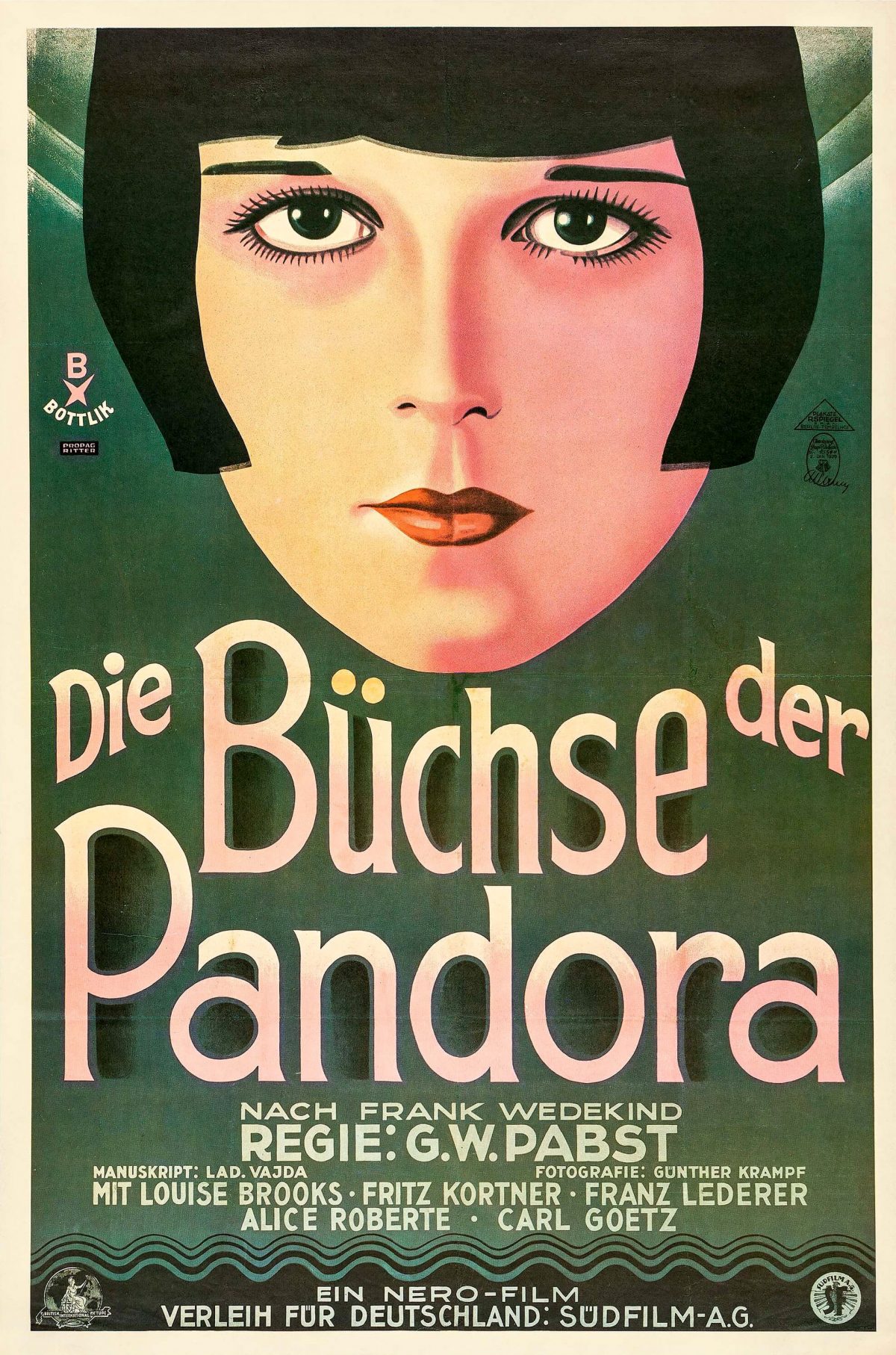
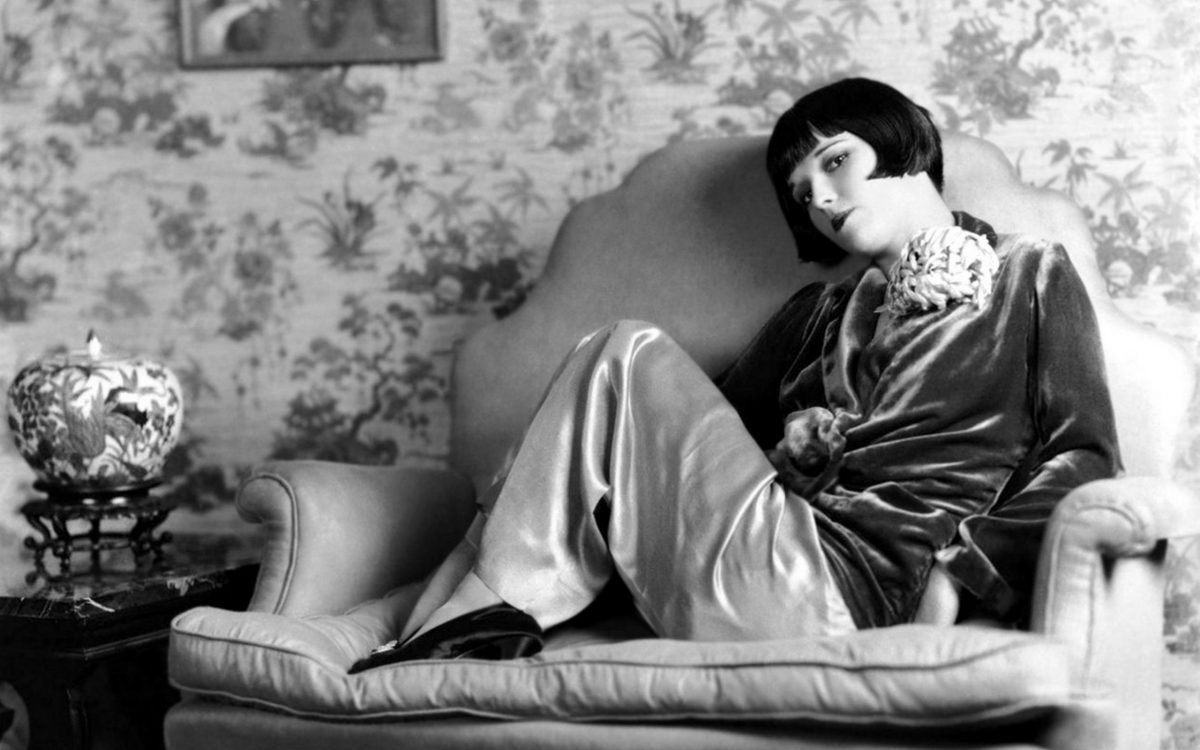

19 Jun 1928 — Actress Louise Brooks plays Nancy in the 1928 film . — Image by John Springer
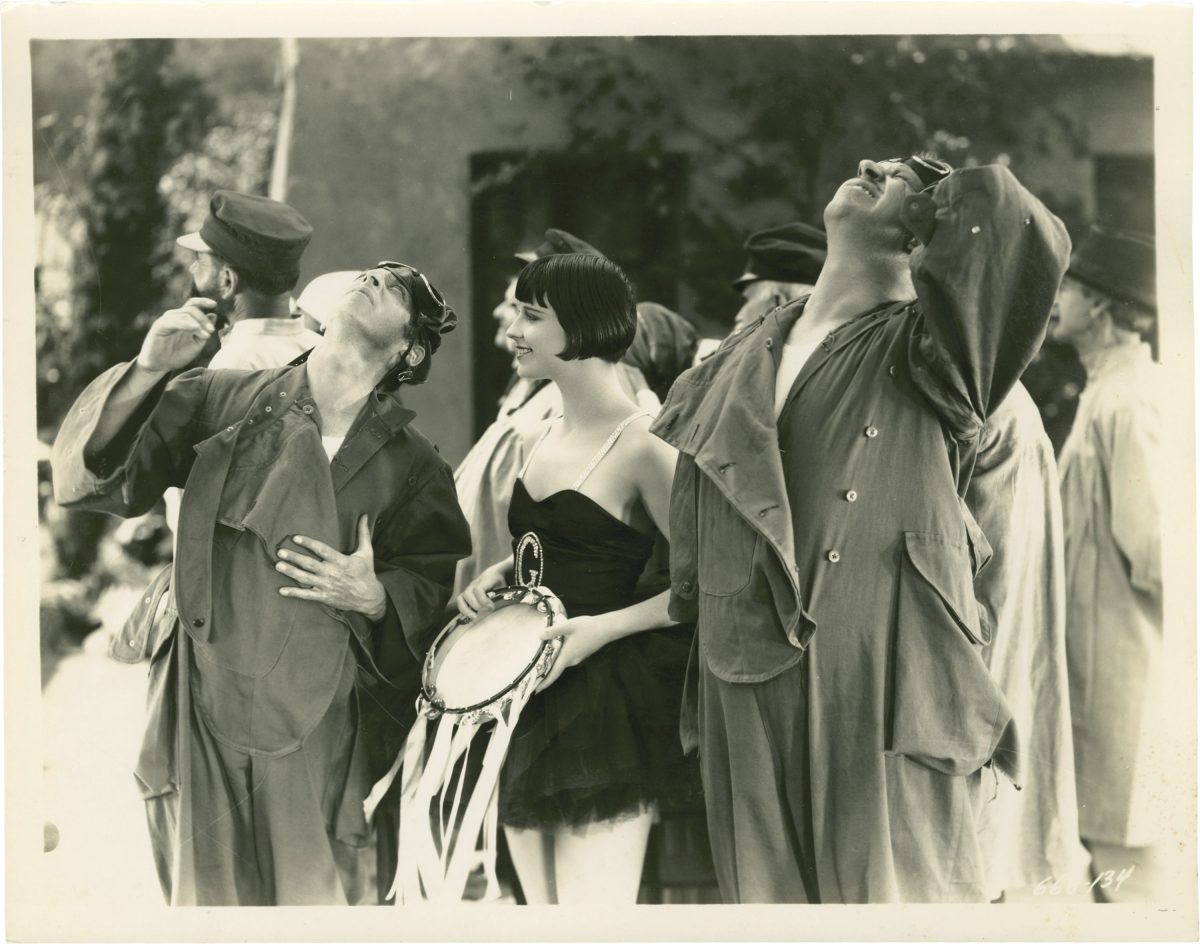
Louise Brooks in Now We’re in the Air directed by Frank R. Strayer, 1927
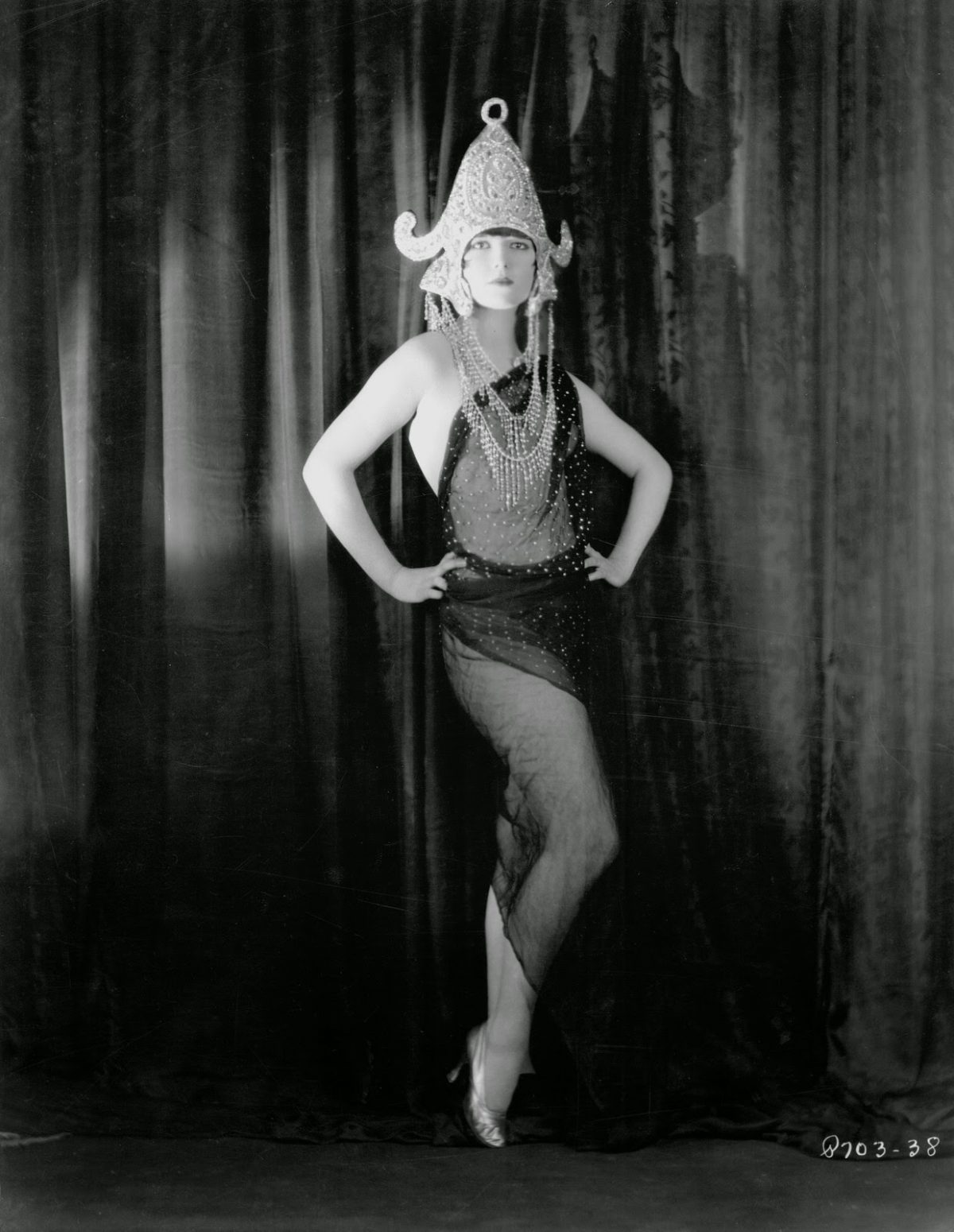
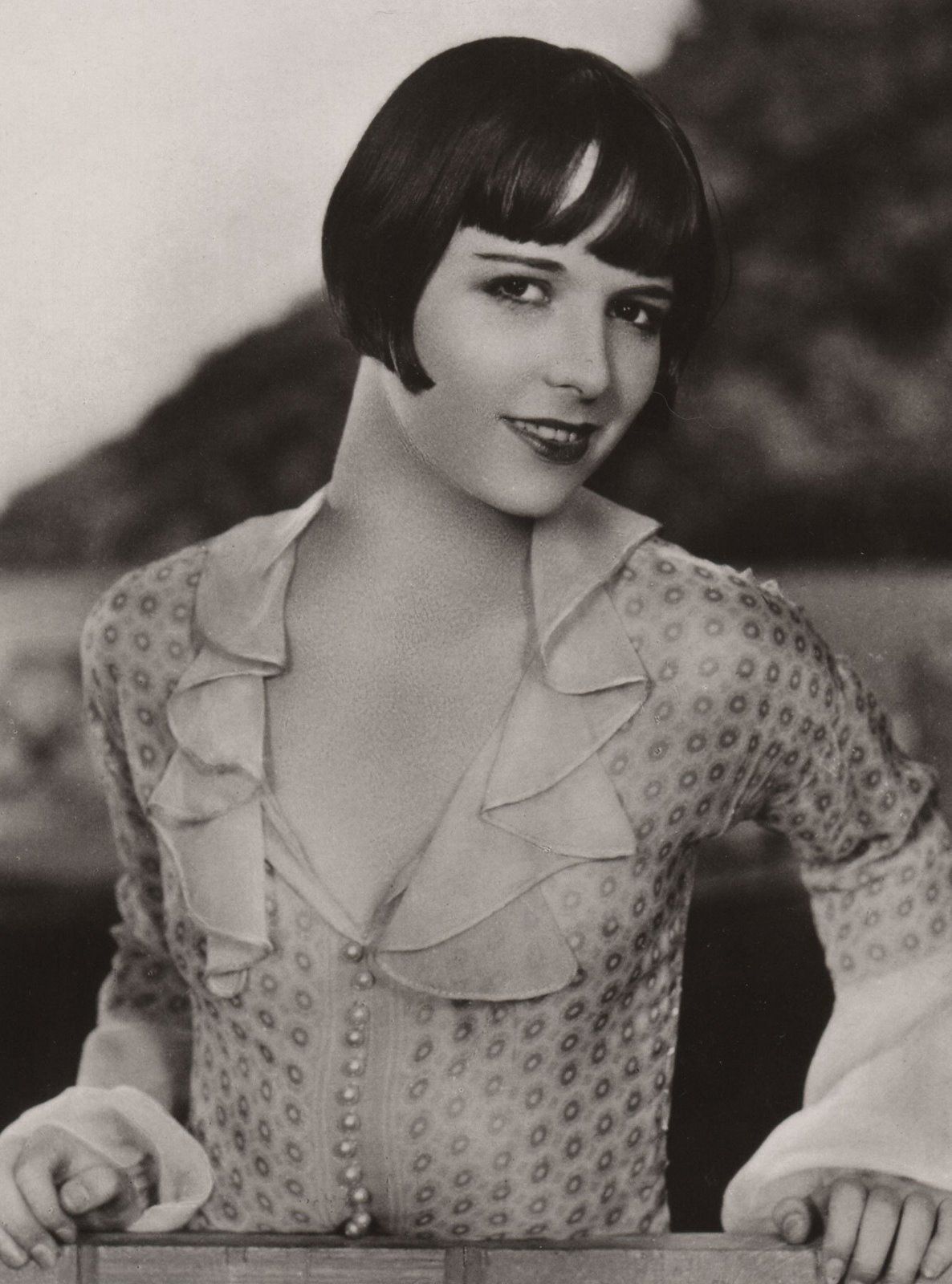
Louise Brooks in The Street of Forgotten Men (1925)

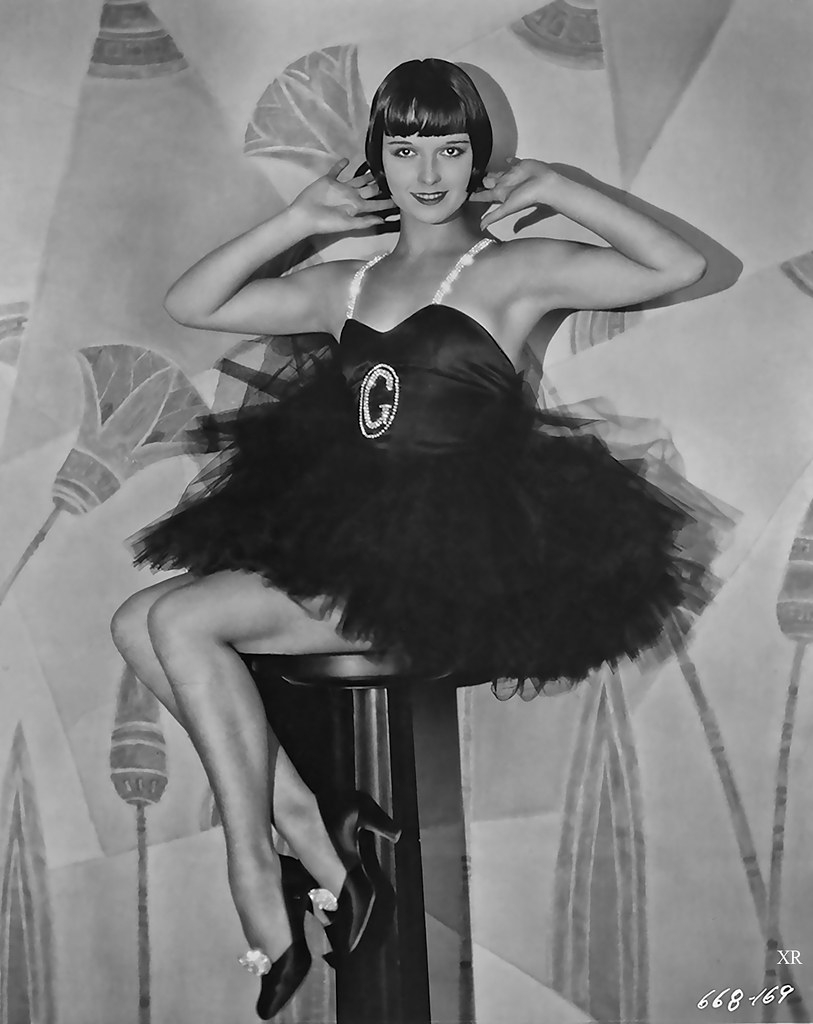
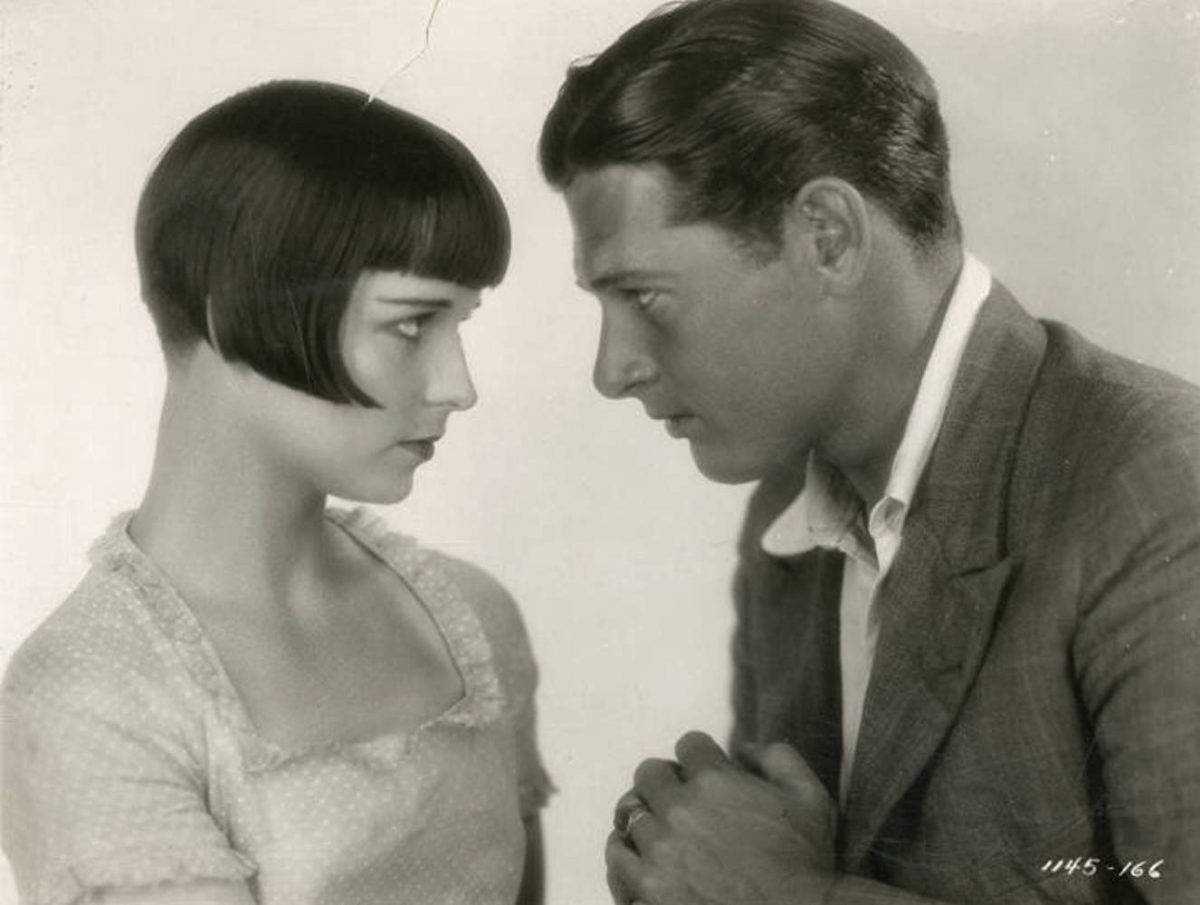
Louise Brooks and Richard Arlen in Beggars of Life (1928)
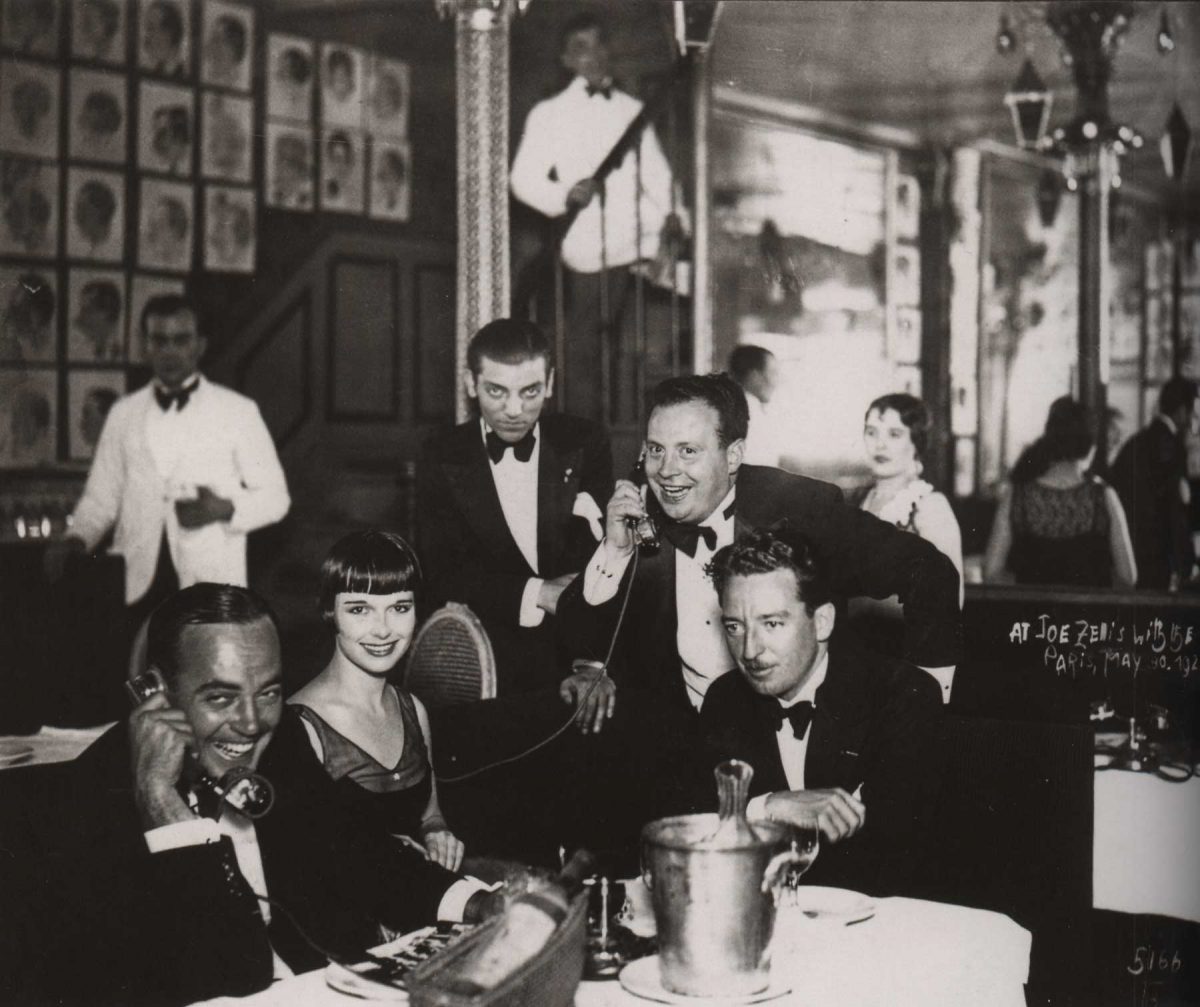
Louise Brooks and friends, at Joe Zelli’s Royal Box nightclub in Paris, May 1929

Love em and Leave Em 1926

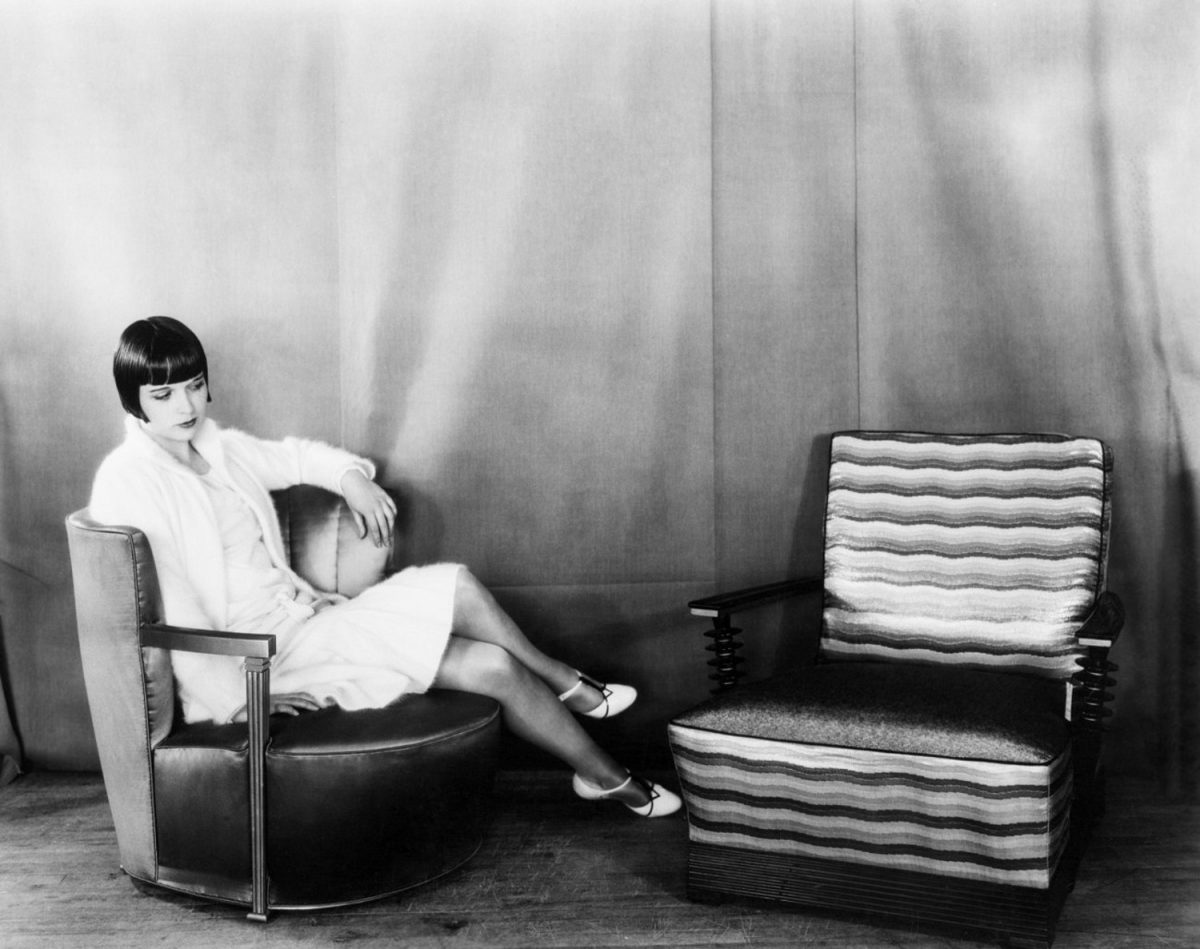
5/25/28: Miss Louise Brooks, movie star, is shown studying the fascinating lines of the modern chair.
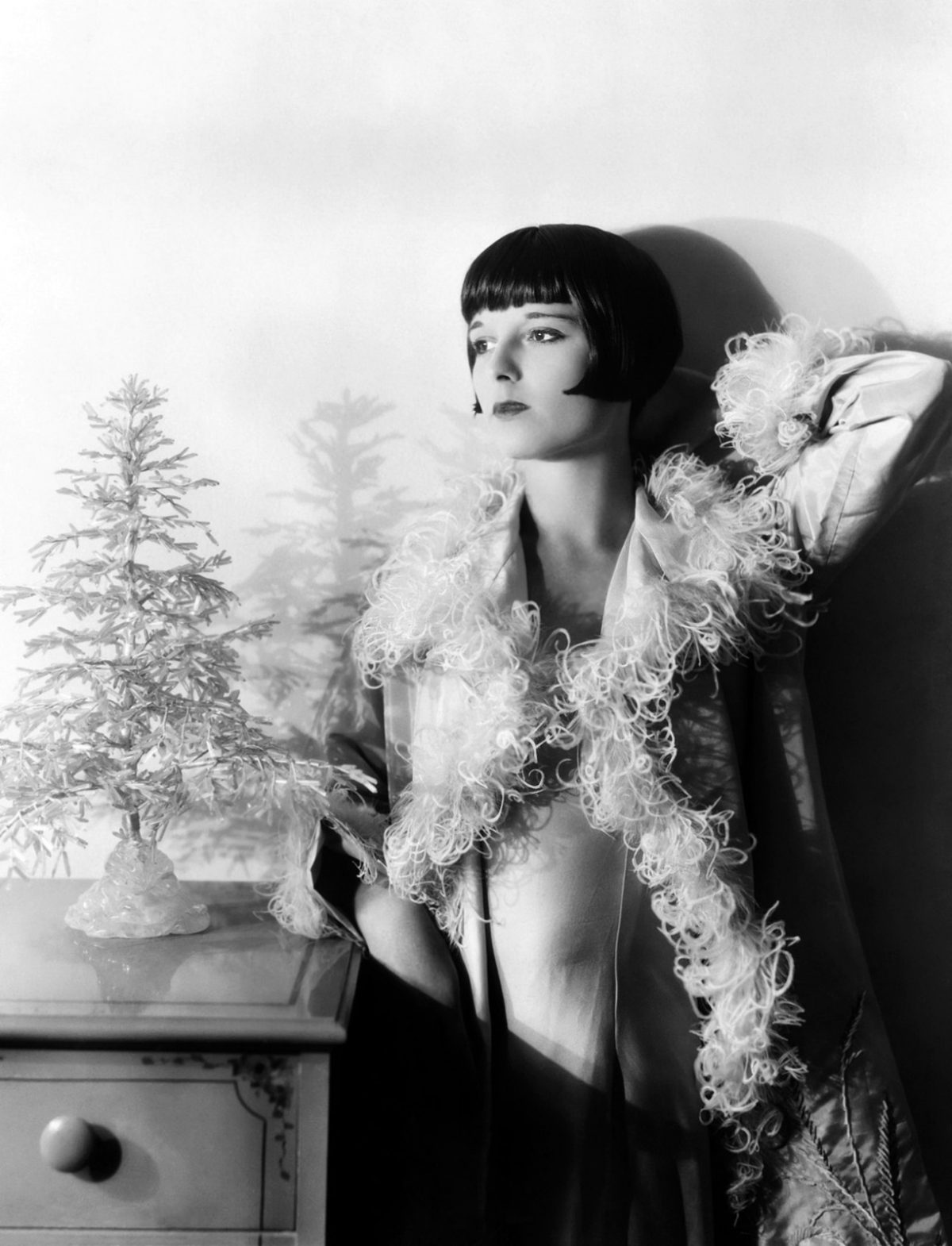
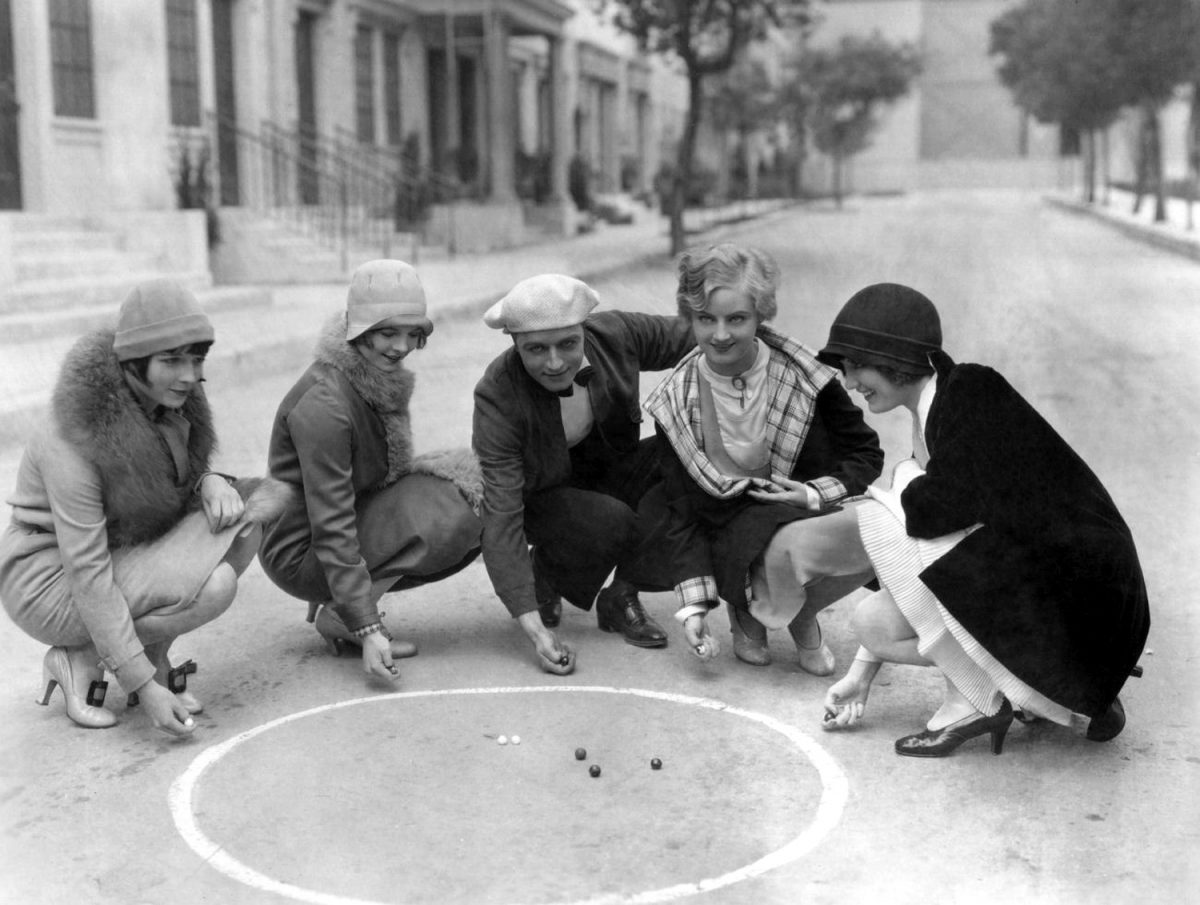
circa 1927: James Hall (1900 – 1940), American leading man of the early talkie period, playing marbles on the film lot with some colleagues, namely Louise Brooks, Nancy Phillips, Doris Hill and Josephine Dunn.
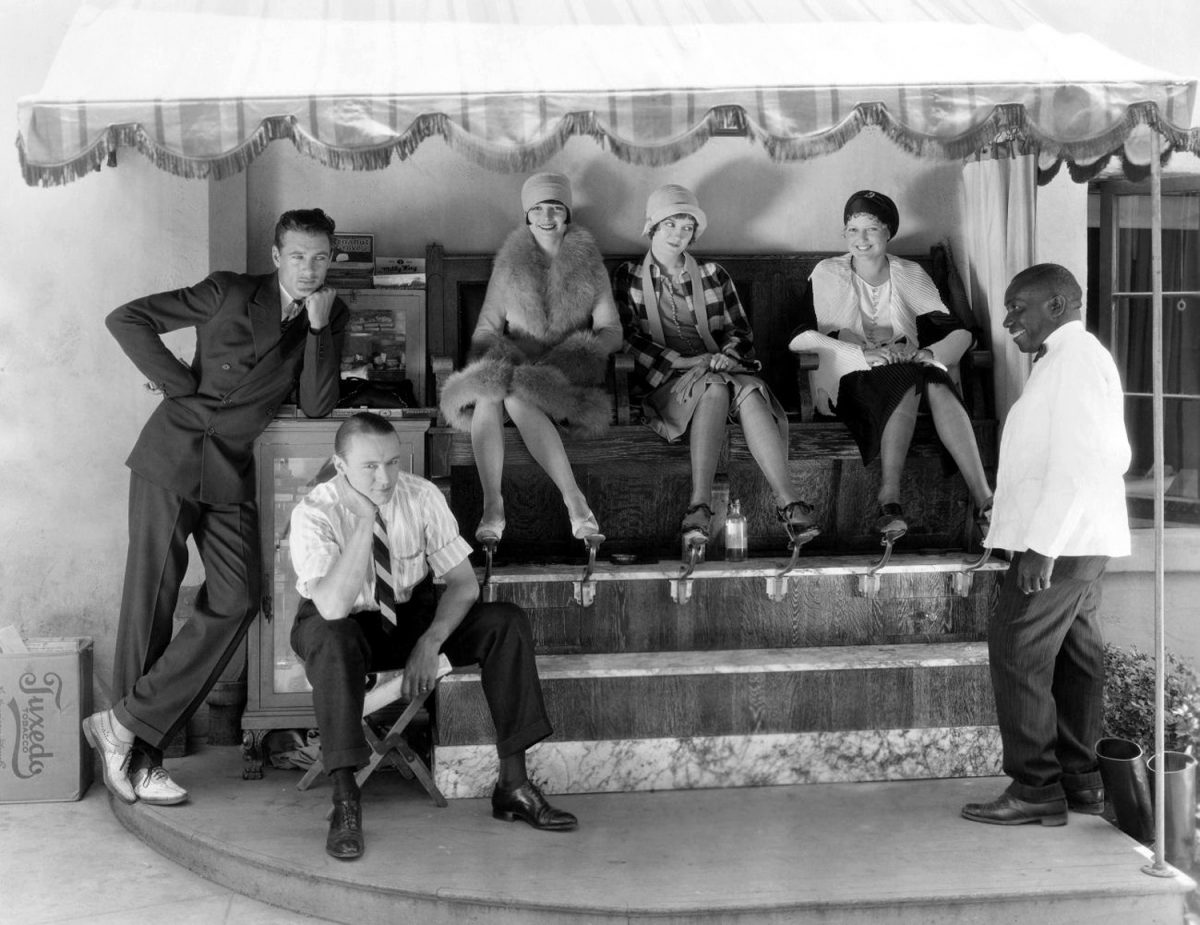
1927: Actors Gary Cooper (standing) and Jack Luden patiently wait for a shoe shine while actresses Louise Brooks, Doris Hill, and Thelma Todd (left to right) get their shoes polished.
Would you like to support Flashbak?
Please consider making a donation to our site. We don't want to rely on ads to bring you the best of visual culture. You can also support us by signing up to our Mailing List. And you can also follow us on Facebook, Instagram and Twitter. For great art and culture delivered to your door, visit our shop.

